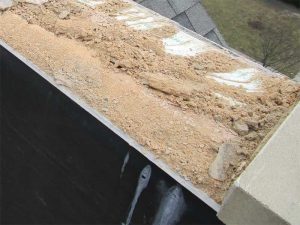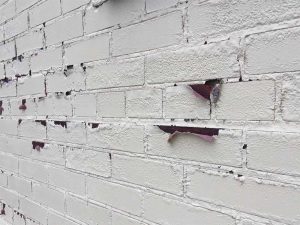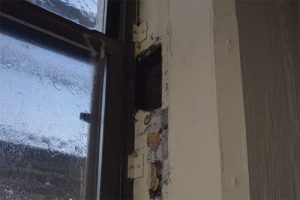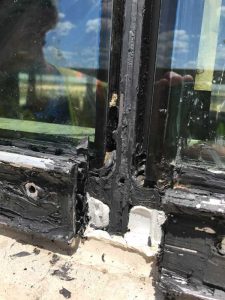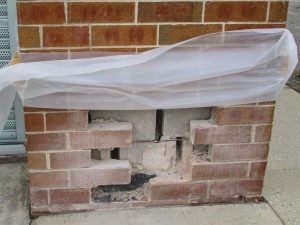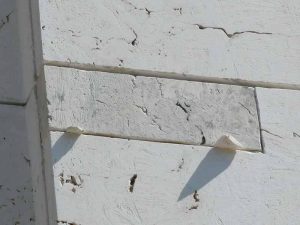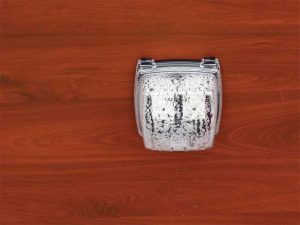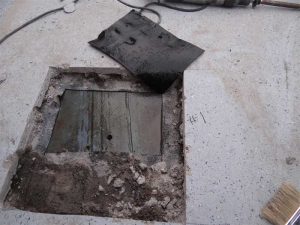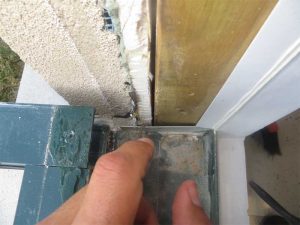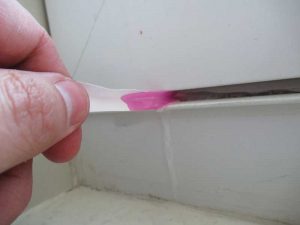A few years after construction, a mid-rise building in a freeze-thaw climate exhibited problems with the cast stone coping units atop parapet walls at balconies and the roof perimeter.
+ Read More
|
Where masonry needs to be coated, breathability, durability, and adhesion are some of the important considerations in selecting the coating system and developing project specifications.
+ Read More
|
Replacement windows present challenges in terms of installation and anchorage, especially in ensuring resistance to air and water infiltration and providing reliable structural support.
+ Read More
|
Curtain wall installation requirements, means, methods, and materials continue to evolve, yet many of the basics remain the same. Most curtain walls have similar installations, but differ on size, location, alignment, and anchorage of components. Here are some of the critical areas to focus on for a successful curtain...
+ Read More
|
Water leakage through the exterior wall was reported at a 30-year-old, one-story commercial building in the Midwest. The building had been constructed with concrete masonry unit (CMU) bearing walls clad with brick masonry veneer, and steel open-web joists supporting a steel roof deck. The portion of the building experiencing...
+ Read More
|
Dutchman repairs are used to permanently repair cracked, spalled, or deeply eroded stone units. The installation of a dutchman repair begins with the preparation of the substrate by cutting, chipping, and grinding the damaged portion of the parent stone to a squared-off profile.
+ Read More
|
In most climate zones within the United States, a dedicated air barrier is required by code as part of the building enclosure to control and manage airflow between the conditioned interior and exterior environments.
+ Read More
|
Can a waterproofing membrane leak if it has no holes? Unfortunately, yes, under fairly common circumstances. If drainage is absent or impeded, water can slowly migrate directly through the membrane.
+ Read More
|
Selection of fenestration systems for specific wall assemblies is a process in which performance characteristics, such as structural capacity, the resistance to air infiltration, and water penetration, and thermal attributes are evaluated along with aesthetics and cost. However, the integration of the system(s) under consideration with the adjacent exterior...
+ Read More
|
Selection of fenestration assemblies (utilizing both window and storefront systems) can be challenging due to the number of ancillary components/accessories available—materials with different performance characteristics compared to the main fenestration element.
+ Read More
|
|
|


